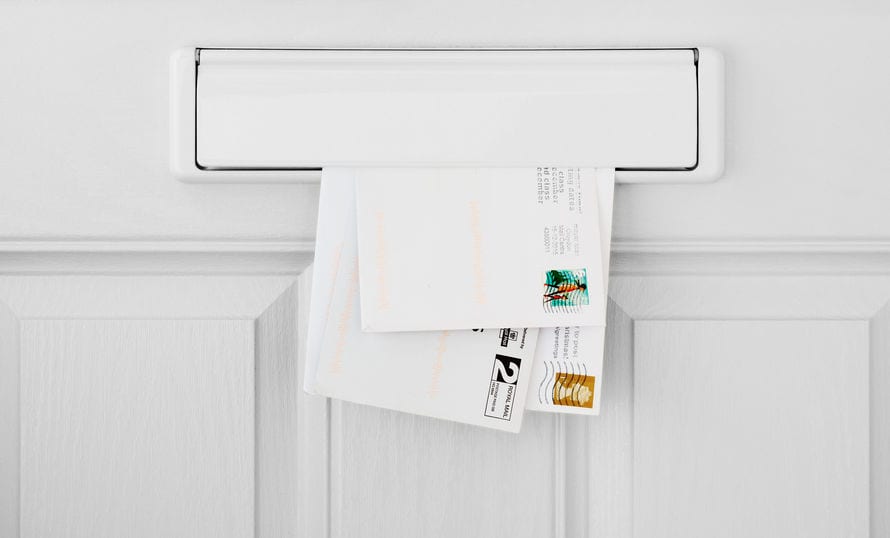Why Did the IRS Send Me a 3219 Letter?
Letter 3219 is sent to notify you that the IRS hasn’t received your tax return for a specific year (3219N) or the income you reported doesn’t match IRS records (3219A).
3219N breaks down what the IRS has calculated for taxes, penalties, and interest you owe for income reported by third parties. 3219A shows the additional tax you owe for missing income on your return as well as the understatement penalty.
In both cases, the IRS totals income from wages, 1099 compensation, ordinary dividends, capital gains, IRA distributions, pension payments, unemployment, Social Security benefits, and more to determine your new tax liability.
How Much Time Do I Have to File a Return If I Haven’t Already?
Once you get a 3219 letter, you have 90 days to file your return or contact the IRS to appeal. Missing the 90-day deadline means you’re on the hook for the taxes plus penalties and interest assessed by the IRS.
You also can’t dispute your tax liability deficiency with the U.S. Tax Court when you miss the deadline to respond.
How Do I Know What Income, Deductions, and Credits Were Used to Calculate My New Tax Amount?
To compare income you put on your return versus what others reported to the IRS, review “Explanation of changes to your Form 1040” in your 3219 letter.
You’ll see a list of who paid you, the amount you included on your 1040, the amount reported by your employer or payer, and the difference. For deductions and credits, look at “Changes to your tax return.”
There is a line item for each with the amount as shown on your return, the amount as corrected by the IRS, and the difference.
What Do I Need to Do to Resolve a Tax Liability Deficiency?
If you agree with the IRS
You just sign your 3219 letter, mail it to the address on your response form, and pay the amount due that’s shown at the top. For 3219N, the amount due is the sum of your tax liability, penalties (failure-to-file, failure-to-pay, estimated tax), and interest, minus payments you made.
For 3219A, the amount due is the sum of the increase in your tax and the tax understatement penalty.
If you disagree with the IRS
You must provide the IRS with documents to support your position before the 90-day window expires. The exact expiration date is at the top-right of your 3219 next to “Last day to petition Tax Court.”
Examples of financial information you can submit include copies of income documents, verification of eligibility for credits and deductions, and any other items you believe the IRS overlooked.
You also have the right to file a petition with the Tax Court if you do not reach an agreement with the IRS during the 90-day period.
Petition forms can be downloaded from the U.S. Tax Court’s website at https://ustaxcourt.gov. Completed forms must be attached to your 3219 response form and mailed to the U.S. Tax Court.
What If I Can’t Pay My New Tax Liability?
If you receive a 3219 letter, the IRS has monthly payment plans that allow you to pay your tax deficiency in installments over time. You can choose a short-term (180 days or less) or long-term (more than 180 days) agreement.
Depending on how much your taxes increase and whether you have a financial hardship, you may be able to submit an Offer in Compromise. The OIC program lets taxpayers settle their total tax liability for less than the amount due.
Another option when you can’t pay the additional liability is Currently Not Collectible hardship status. CNC is for taxpayers experiencing severe financial difficulties who cannot afford to make any tax payments. This status temporarily pauses collection efforts, but interest and penalties will continue to be added to your tax balance.
Can Filing My Return Reduce the Deficiency Amount I Owe the IRS?
Filing your return after receiving letter 3219 can reduce your tax liability amount if your newly filed return includes credits and/or deductions the IRS didn’t apply to your 1040.
When the IRS files your taxes for you, they won’t give you all the credits and deductions you’re eligible for.
If you file your return and your taxes are lower, your penalties and interest should be lower too since they are a percentage of what you owe. This will also reduce your deficiency.
Need more help? You can start online by answering 6 simple questions.
6 Simple Questions. Free Evaluation.

